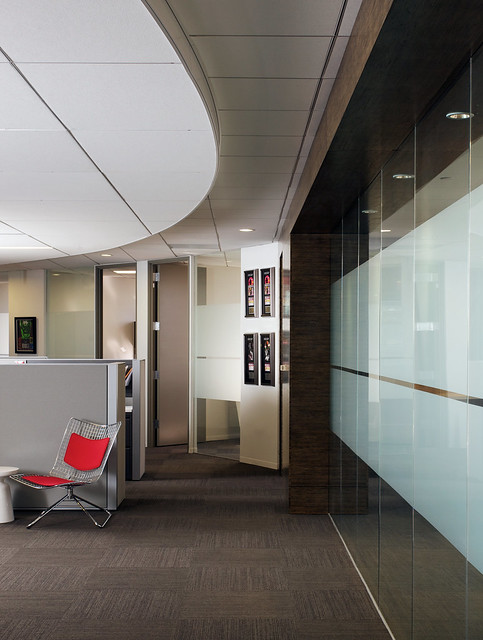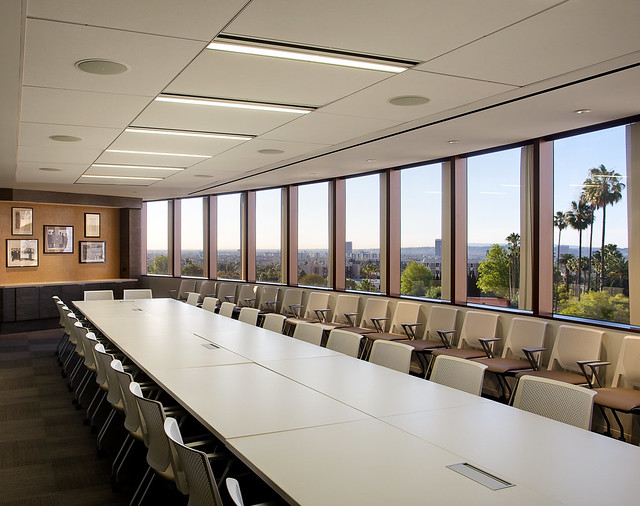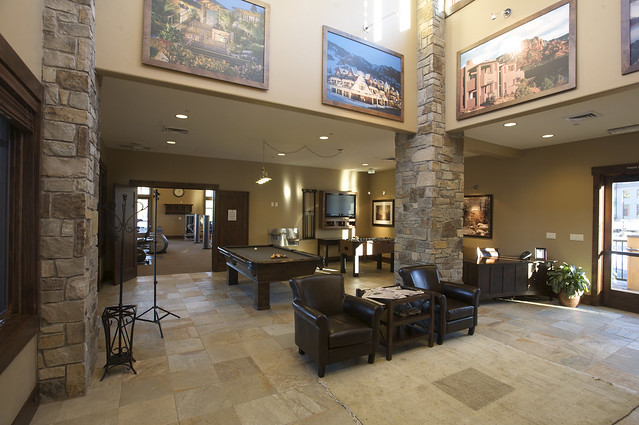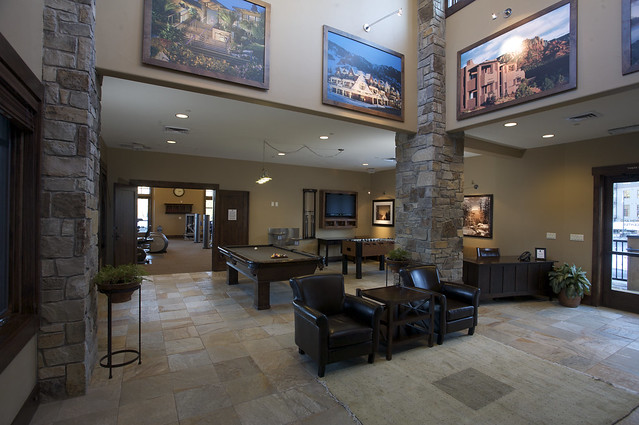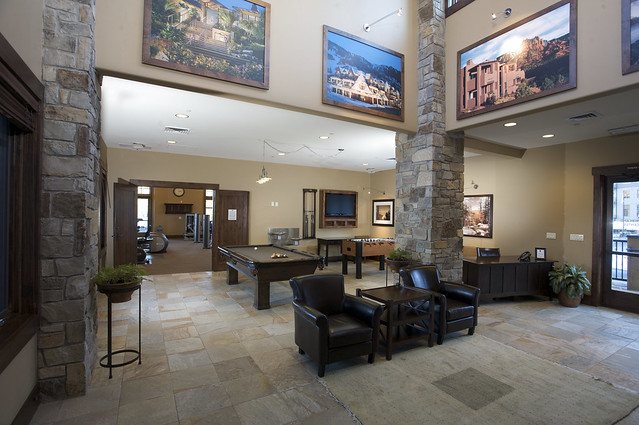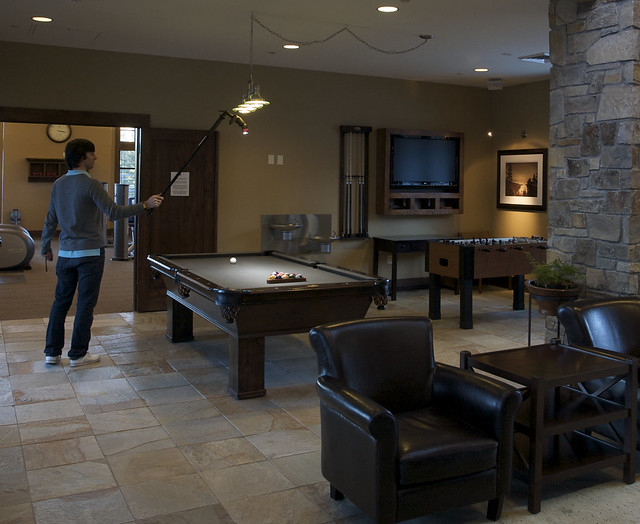Preface: Holy wall of text, Batman! Apologies in advance, but this had to be done.
Ever since I’ve started this blog, I’ve been getting emails asking me to detail what gear I’m using, why I’m using it, and how I’m using it. So let this be (as of 3/2/11) the penultimate gear post (I will be periodically updating it to reflect changes to my equipment, as well). In order to make it easier to follow, I’ll break it down by category, e.g. cameras, lenses, lights, and so on. This gear covers all of my work – my interiors and exteriors, as well as my editorial and personal shots.
Cameras:
Canon 5d: A five year-old camera that I purchased used. My particular 5d has been dragged around the world and has the dents, scuffs and scratches to prove it. It’s incredibly slow by today’s standards, but the image quality at low ISOs is still fantastic. 13 megapixels is more than enough for my clients, who in most cases are printing, at the largest, 8.5”x11”, or using their images only on the web. I have felt the lust for the new 5d Mark II, but to be completely honest I don’t need the 21 megapixels or the increased wait times while I process photos. While the live view and video would be nice, neither are going to make my photos better.
Canon 1d Mark III: This camera is my main workhorse these days. It is a total joy to use: perfect autofocus, extremely responsive controls, and amazing image quality through ISO 1600. I also enjoy the fact that I can use this camera for everything from sports and action to interiors and exteriors. For my uses, there are no shortcomings with this camera. It covers all the bases well and I would have no problem taking this to any shoot. 10.1 megapixels is a good compromise between filesize and ease of editing.
Lenses:
Canon TS-E 17mm L: The lens responsible for 90% of both my architectural and landscape photography. I can’t speak highly enough of the image quality from this lens. Color rendition, contrast, sharpness and flare control are all exceptional. The tilt and shift functions are a necessity when it comes to correcting verticals and perspective. No more leaning buildings or trees, and by stitching I have what is effectively an 11mm lens on my full-frame 5d.
Canon 17-40mm L: My workhorse before I invested in the 17mm tilt shift. Still a good lens, but lacking in sharpness, contrast and flare control (as well as the obvious tilt and shift functions) when compared to the TS lens. Now mostly relegated to backup duty, scouting and recce use.
Canon 50mm 1.4: My interior detail and portrait lens. Also the fastest lens I own. Works well to separate interesting features in homes, which is where it finds most of its use. Pulls double duty as my portrait lens of choice if necessary. I owned the 50mm 1.8 prior to this, and the 1.4 is quite a step up in terms of focus accuracy and build quality. I’ve long held that a 50mm prime is a must in anyone’s bag, and if you can’t spring for the 50mm 1.2 L, this is a good compromise.
Canon 15mm 2.8 Fisheye: My fun lens. Incredibly, incredibly wide, as well as sharp. Quick and accurate to focus, although most of my use with this lens requires manual focus. Currently discontinued to make way for the new 8-15mm f4 L Fisheye. To be honest, at over twice the price and one stop slower, I do not see myself upgrading to the new version.
Canon 70-200 f4 L: The baby of the 70-200 series. I’ve though about upgrading to the Image Stabilized version or the f2.8 version, but there’s just no need. The only time I use this lens is in bright sunlight and mostly for novelty use (e.g. Airshows, shooting friends, artsy things, occasionally some lit portraits). Because I don’t feel the need to upgrade, I’ve kept this lens for years. I also am not particularly wowed by the weight of the 2.8 version. I can see myself keeping this lens as long as I’m using the Canon system.
As you can see, I don’t have an enormous stable of lenses. My most used by far are the 17mm Tilt-shift and the 50mm 1.4. The rest are all extremely specialized and only see use a small fraction of the time.
Lighting gear:
Canon Speedlites: I have a smorgasbord of Canon Speedlites. They’re small, easy to transport, put out enough light for the bulk of the shooting I do, and work seamlessly with the Pocketwizard Zone Control system.
Pocketwizard Mini TT1, Flex TT5 and AC3: Together, this setup allows me to remotely control my Canon Speedlites. I can set my lights up, go back to the camera, and adjust the power of each light independently. An absolute godsend for interiors, where I’m often working with multiple lights across three rooms all at different power levels. Oftentimes my lights are tucked into crevices, perched in rafters, or clamped to whatever I can find, which makes adjusting them manually a total pain in the neck. Enter the Pocketwizard system: a dramatic time saver when multiple lights are scattered all over a scene. It’s also much easier to use than Canon’s built-in master and slave setup, which can be a total nightmare. It’s there for backup, but I would prefer never to use it. I imagine that being stuck in hell is being forced to light interiors for eternity using only Canon’s default IR triggering system.
Modifiers: I use a suite of shoot-through umbrellas, all at different sizes, as well as a large 12x12 sheet of ripstop nylon that I purchased at Michael’s. This is great for taming harsh sunlight, creating a huge surface to bounce off of, or just bouncing light around for fill. I need desperately to try out some new modifiers, as I do feel limited with only these two solutions. Although not technically ‘modifiers,’ I have a large assortment of various stands and booms on which to mount my lights. Everything from 6’ stands to 13’ stands for reaching up into vaulted ceilings.
Misc:
Support: I use a Manfrotto 055CX3 Carbon Fiber tripod with a 488rc2 ballhead. While not the most amazing tripod setup, it gets the job done. The carbon fiber is more stable than aluminum and slightly lighter. I’ve gotten so quick with lining up a shot with the ballhead I don’t really see the need to upgrade to a geared head at this moment. My next purchase here will be an Arca-Swiss Cube, but for the time being I am okay with the ballhead. It’s never given me an issue, and I work plenty fast with it.
LowePro Computrekker Plus AW: The bag that fits everything. 17” Macbook Pro, all the aforementioned gear, and room to spare. Plus batteries, gels, pens, paper, chargers, and filters. I’d like to purchase a foam-lined rolling Pelican case soon, however, as my back’s herniated disc doesn’t love carrying this thing.
Editing: I use an early-2009 17” Macbook Pro with Adobe CS3, Apple Aperture and a 27” external monitor. I use Gretag Macbeth hardware and software for color calibration. I could use a new computer for the heavy editing I do, but it’s not going to make my photos any better, so I will make due with this for now.
I hope this post helps to clear up some questions you might have with regards to my gear. Don't hesitate to send an email or leave a comment if you see anything you'd like to know more about.


